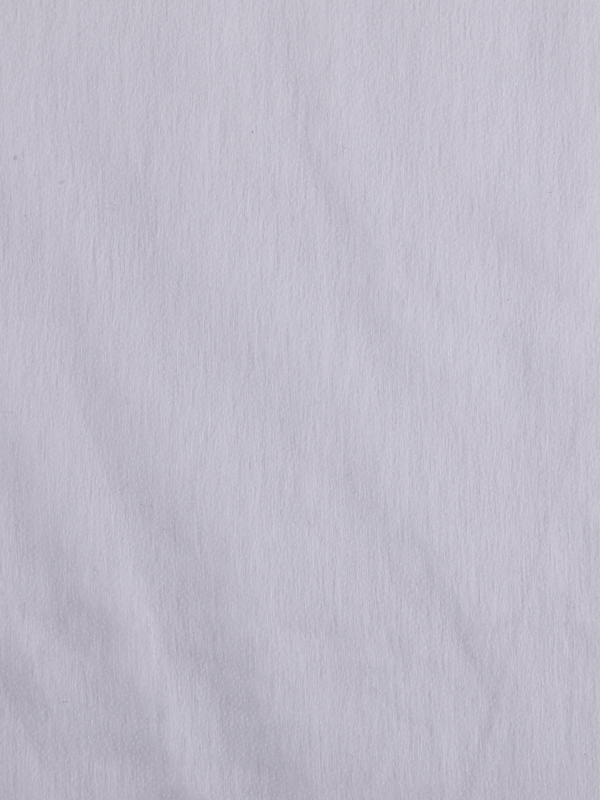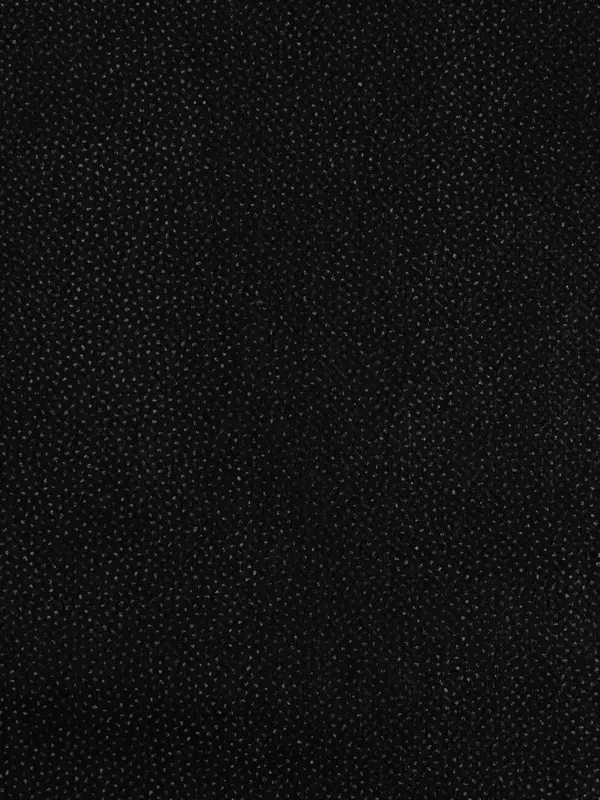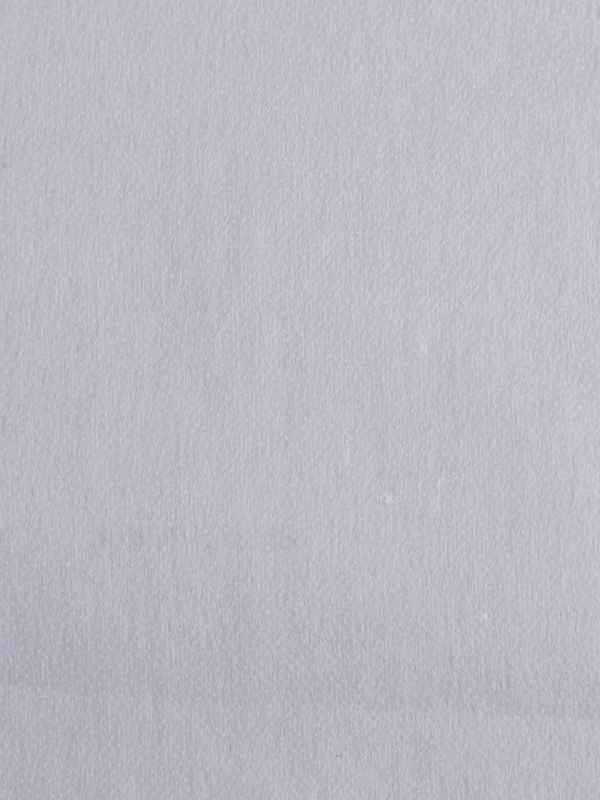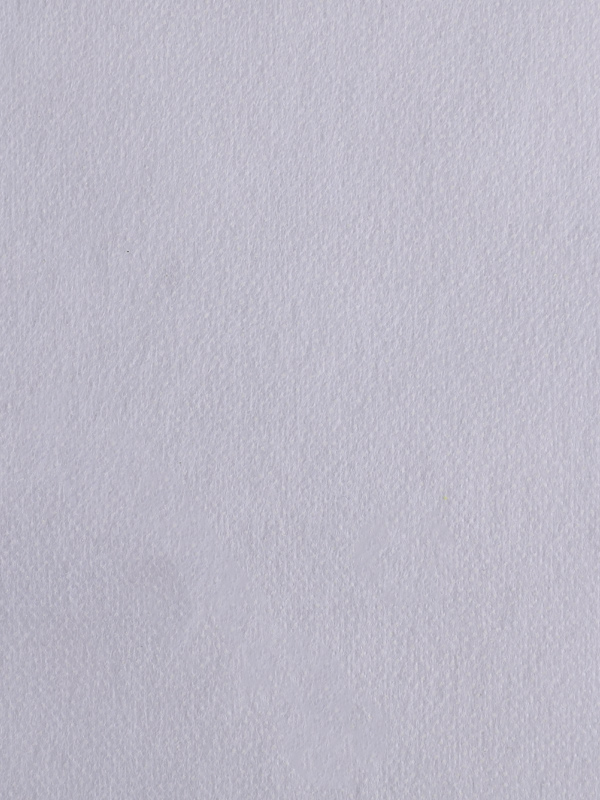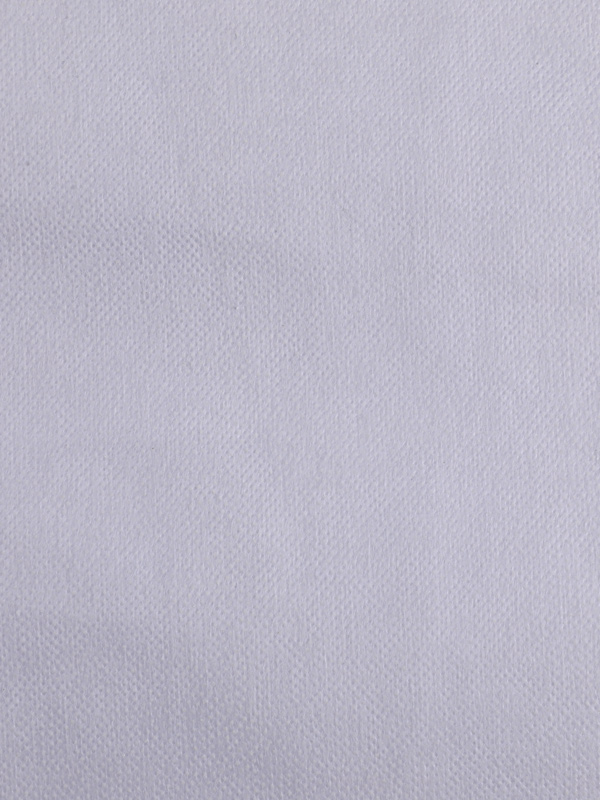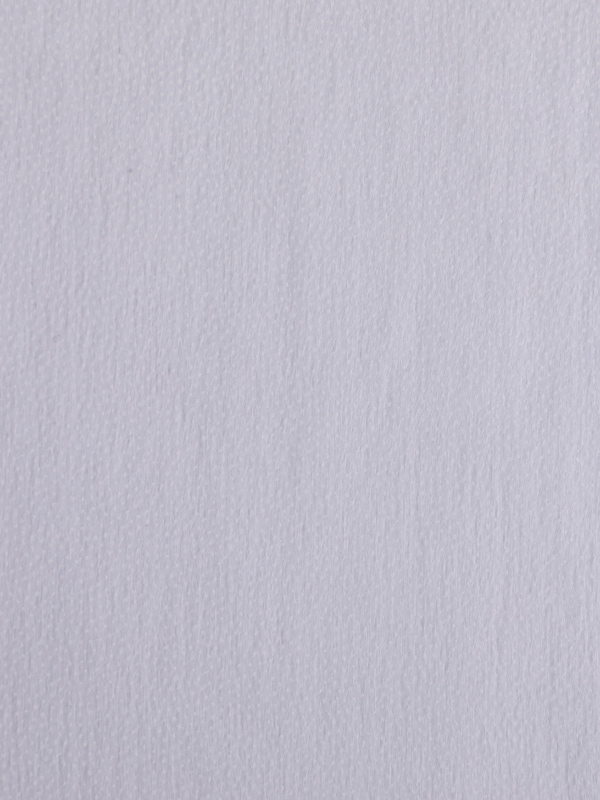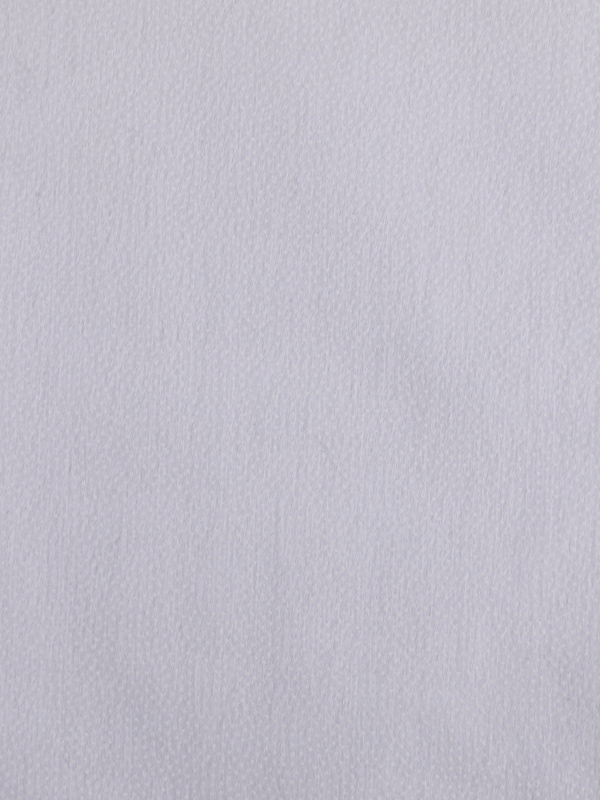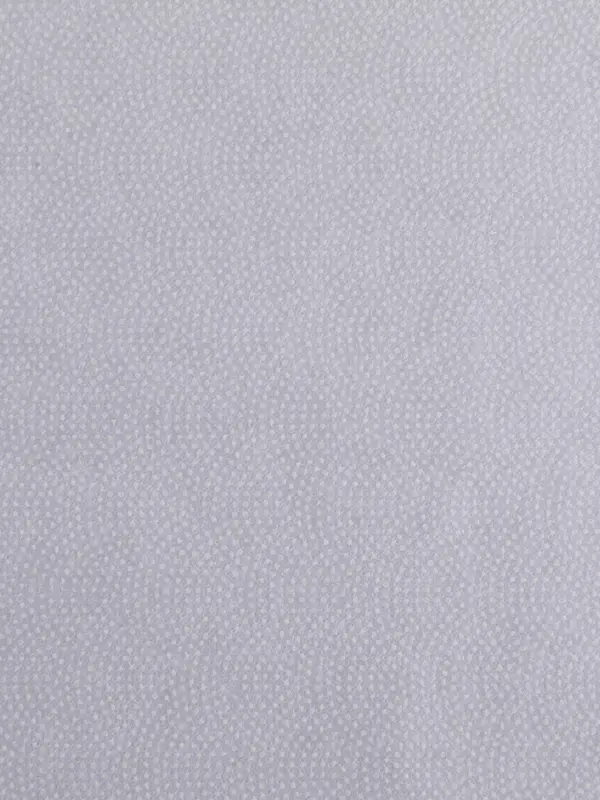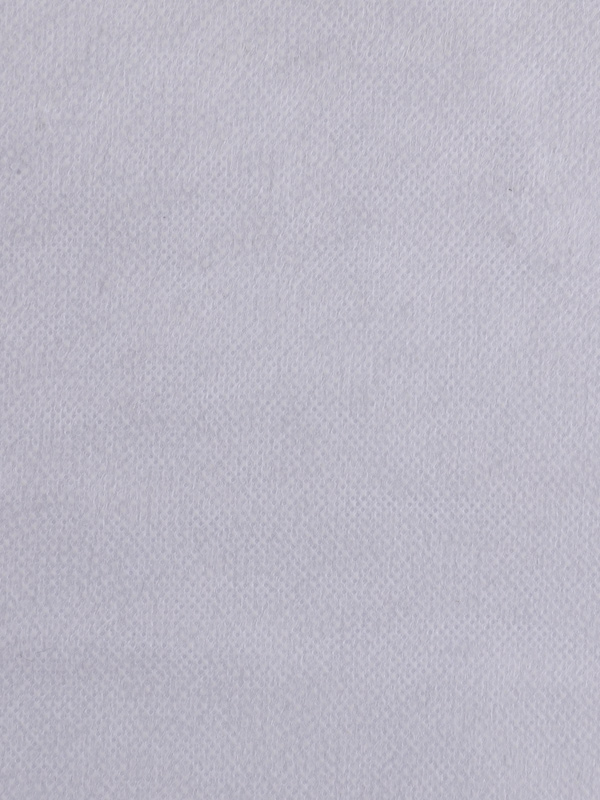The weft insert structure is a technique used in garment construction that helps the fabric resist wrinkles and maintain a neat appearance. This structure involves the insertion of weft yarns in a specific manner to provide added stability and strength to the fabric.
To understand the weft insert structure, it is important to first understand the basic concept of woven fabric construction. Woven fabrics are created by interlacing two sets of yarns – the warp yarns, which run vertically, and the weft yarns, which run horizontally. The warp yarns are usually stronger and more tightly spaced, while the weft yarns are typically looser and more visible in the finished garment.
In traditional woven fabric construction, the weft yarns are passed over and under the warp yarns in a simple interlacing pattern. This creates a fabric with good drape and flexibility, but it may also make the fabric more prone to wrinkling and losing its shape over time. The weft insert structure addresses this issue by introducing additional weft yarns into the fabric in a deliberate and strategic manner.
There are several techniques that can be used to create a weft insert structure, depending on the desired effect and the type of fabric being used. One common technique is the use of a double or triple weft insert. This involves inserting two or three weft yarns at a time, spaced out at regular intervals across the fabric.
Another technique is the use of a floating weft insert. In this technique, the weft yarns are inserted in a way that allows them to float or move freely within the fabric. This creates a light and airy texture, while also providing added stability to the fabric.
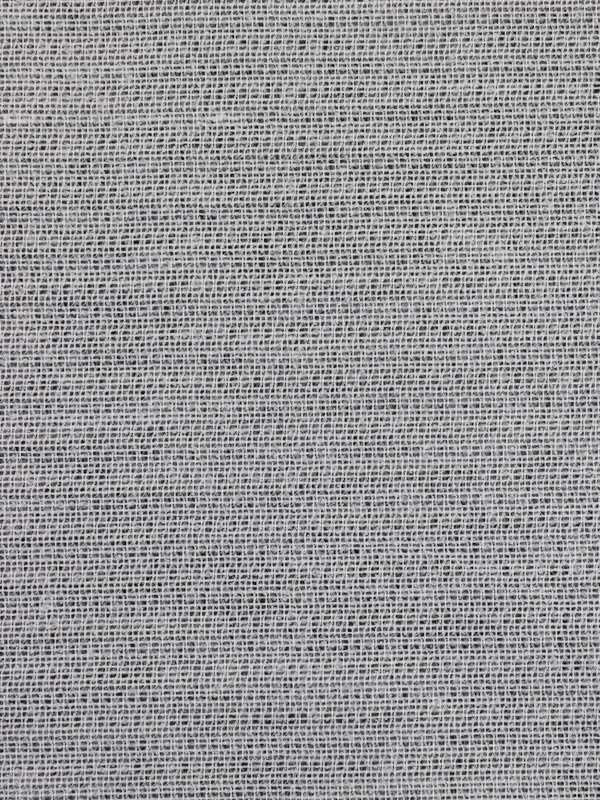
The weft insert structure can also be used to create specific patterns or designs in the fabric. For example, by alternating the placement of the weft insert yarns, it is possible to create stripes or checks in the fabric. This adds visual interest and can also enhance the fabric's resistance to wrinkles.
In addition to improving the
Weft insert knitted interlining's resistance to wrinkles, the weft insert structure also helps to maintain the fabric's neat appearance. The additional weft yarns provide added structure and stability, which helps the fabric to hold its shape better and resist sagging or bagging. This is especially beneficial for garments that are subject to frequent movement or stretching, such as pants or skirts.
Furthermore, the weft insert structure can also enhance the fabric's durability and longevity. The additional weft yarns help to distribute tension and stress more evenly across the fabric, reducing the risk of tears or breakages. This makes the fabric less prone to damage, allowing the garment to maintain its neat appearance for a longer period of time.
In conclusion, the weft insert structure is a valuable technique in garment construction that helps to improve the fabric's resistance to wrinkles and maintain a neat appearance. Whether it is through the use of double or triple wefts, floating weft inserts, or creating patterned designs, this technique adds stability and strength to the fabric. As a result, garments incorporating the weft insert structure are more durable, higher, and provide a more polished and professional look.

